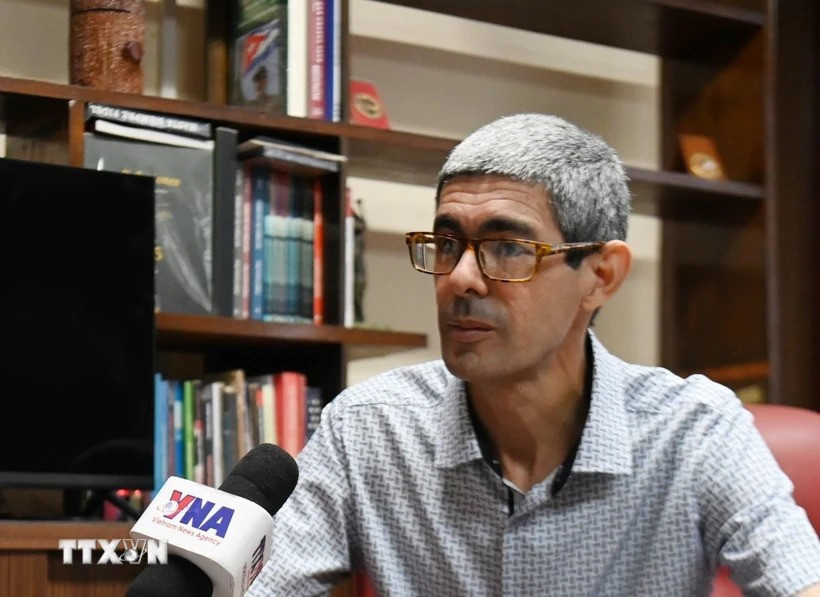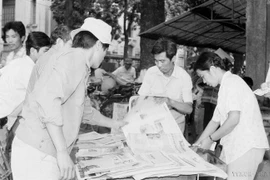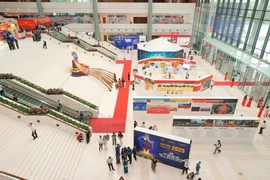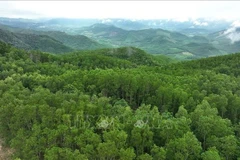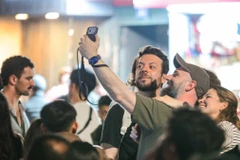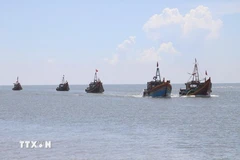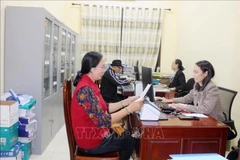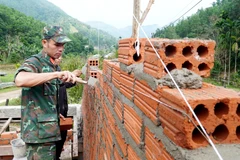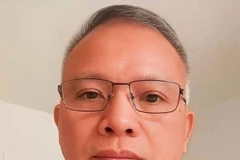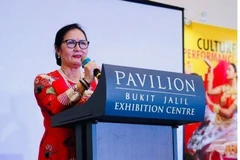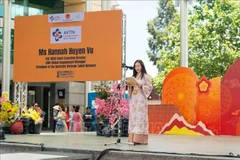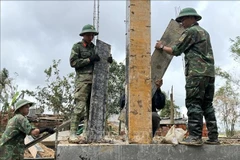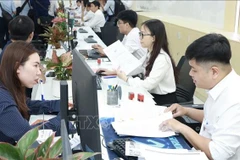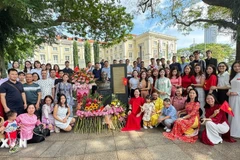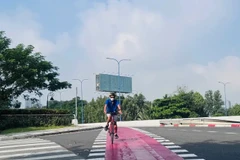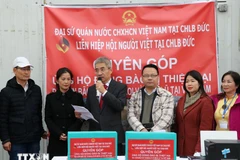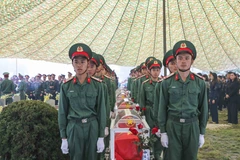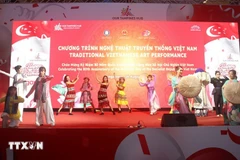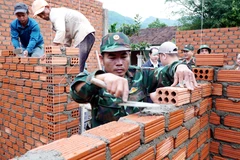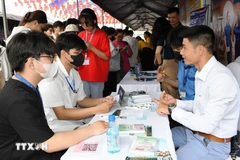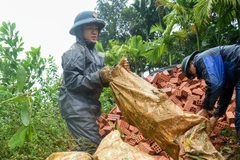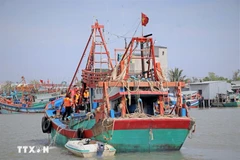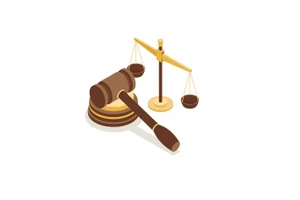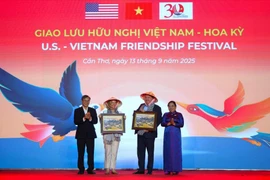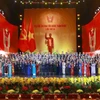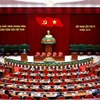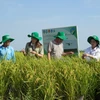Havana (VNA) – Vietnam’s revolutionary press, founded by President Ho Chi Minh, was inspired by his ideology and practice in journalism, deeply rooted in Marxism-Leninism, and adapted to the nation's historical context, said Director of the Cuban News Agency (ACN) Norland Rosendo Gonzalez.
He remarked during an interview with the Vietnam News Agency (VNA) correspondents in Havana ahead of the 100th anniversary of the Vietnam Revolutionary Press Day (June 21, 1925–2025).
According to him, throughout its resistance against colonialists and imperialists, Vietnam developed a revolutionary press that has served as a benchmark for just and legitimate causes worldwide, characterised by strong professional ethics and a high level of dedication. With a solid ideological foundation and a clear development strategy, Vietnam’s revolutionary journalism has continued to mature, achieving notable successes to greatly contribute to the building of a prosperous socialist society.
He highlighted the “transcendent” role of the Vietnamese press in forging consensus, preserving cultural identity, and reinforcing symbolic values that underpin the national identity.
Gonzalez stressed the enduring relevance of Ho Chi Minh’s journalistic thought. The President left behind a vast body of journalistic works, published both in Vietnam and abroad. His thousands of articles, written from a young age, helped unify revolutionary forces, define shared goals, convey political messages, coordinate efforts, and envision a brighter future in which every Vietnamese people will have a role to play.
Ho Chi Minh understood deeply the role of revolutionary journalism as a powerful tool and platform for communication and for maintaining strong ties with the people. His writings were distinguished not only by their clarity and elegance but also by the emotional resonance and depth of ideas they conveyed, according to the ACN Director.
In today’s media landscape, where traditional journalism coexists with digital platforms often driven by emotional appeal over reason, Ho Chi Minh’s legacy should be embraced daily to preserve the harmony between intellectual depth and the aesthetic form of communication. His approach to journalism, Gonzalez said, deserves to be studied not only in Vietnam but also in journalism schools committed to revolutionary and ethical practice around the world./.
